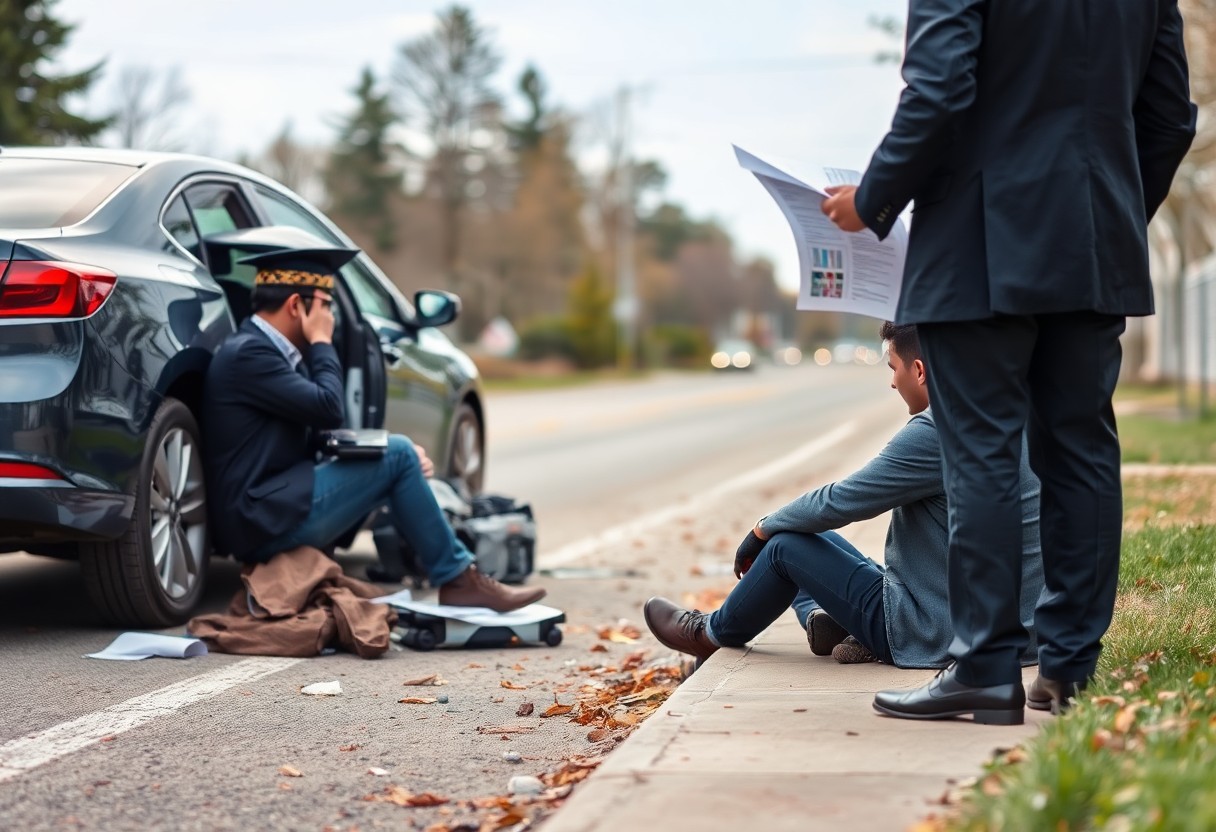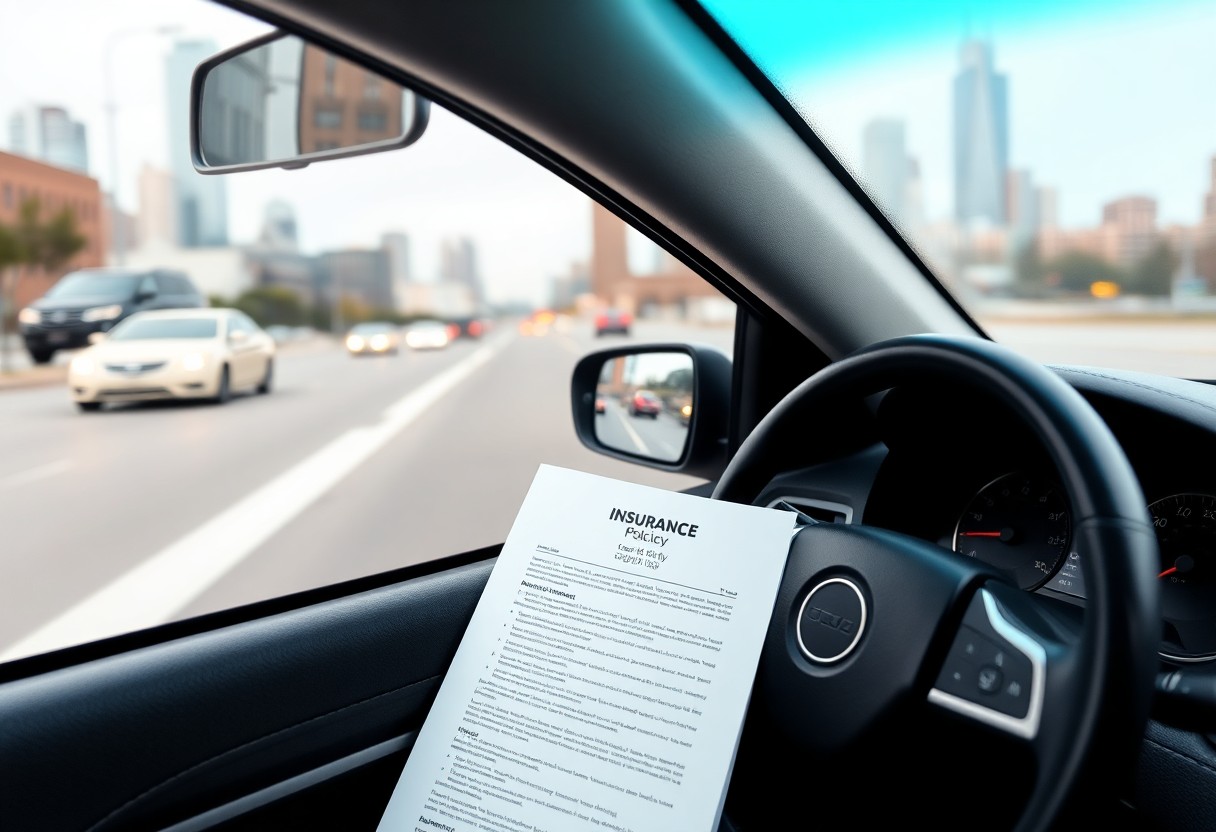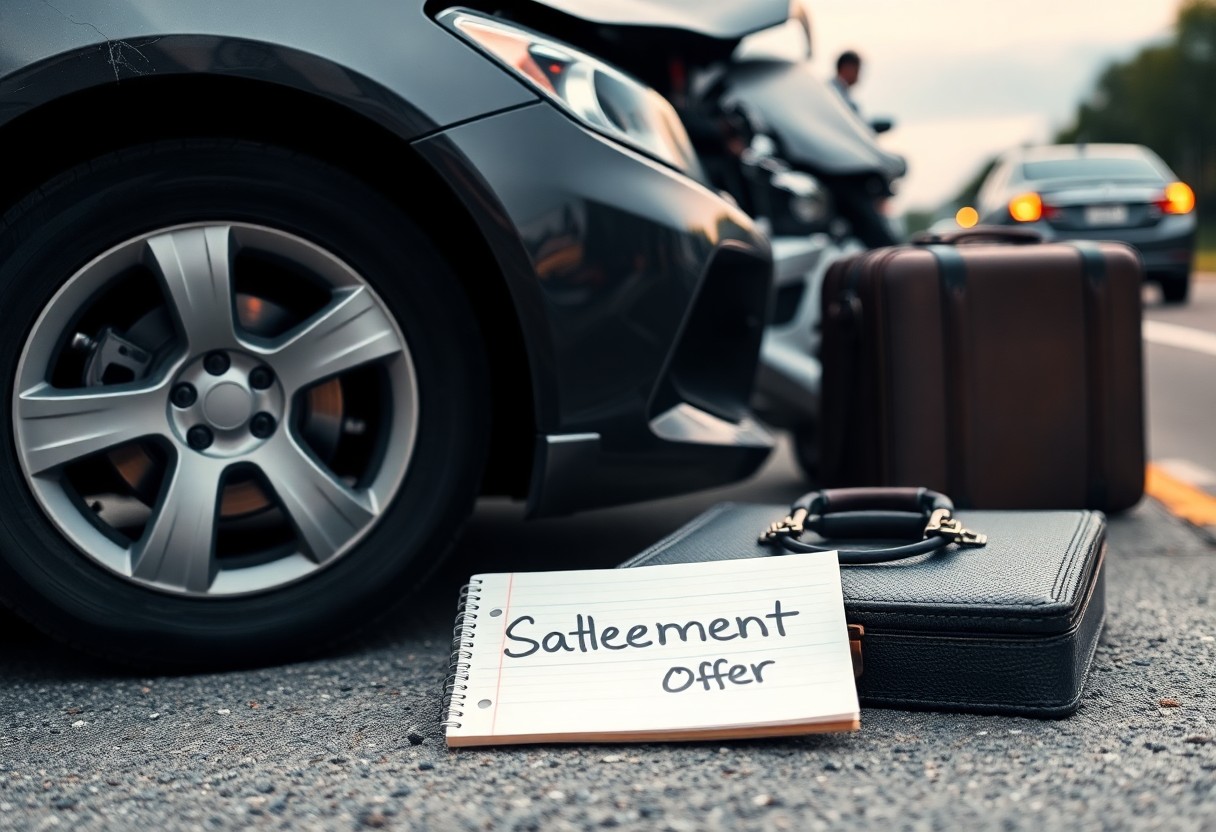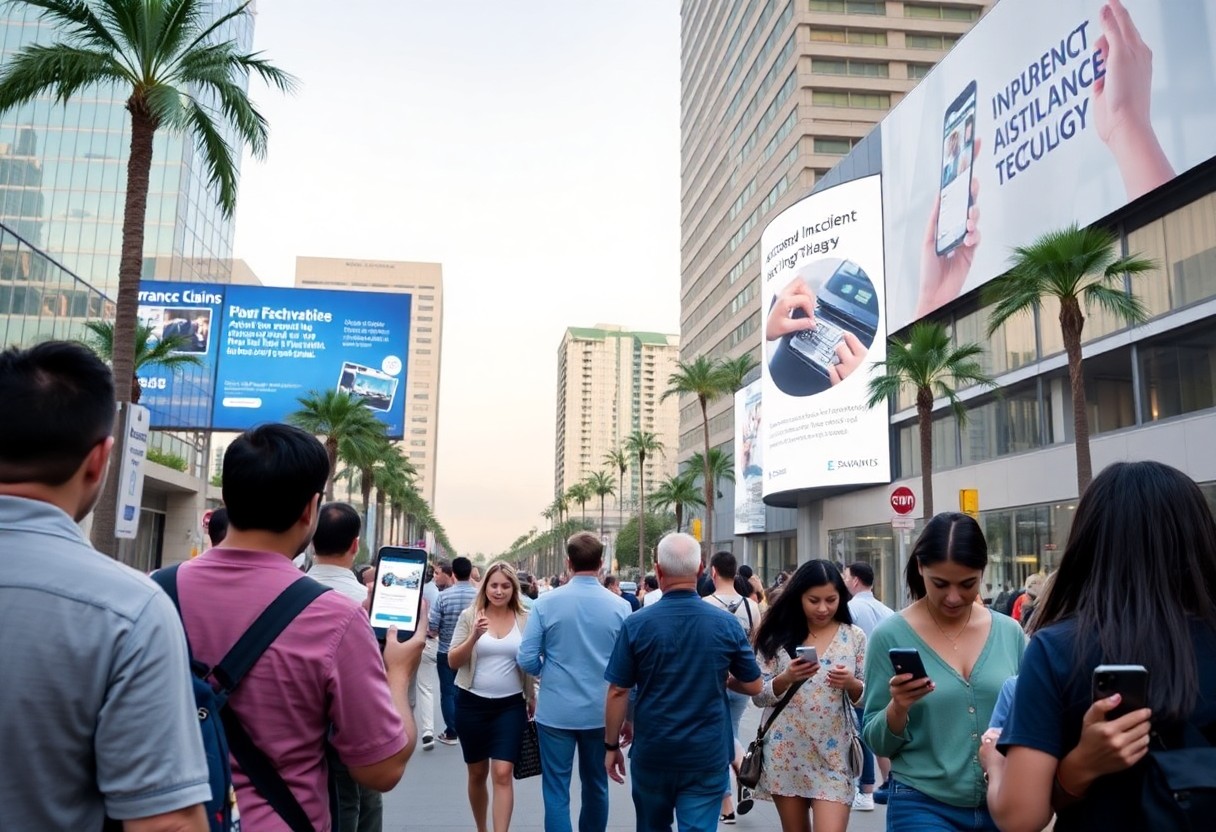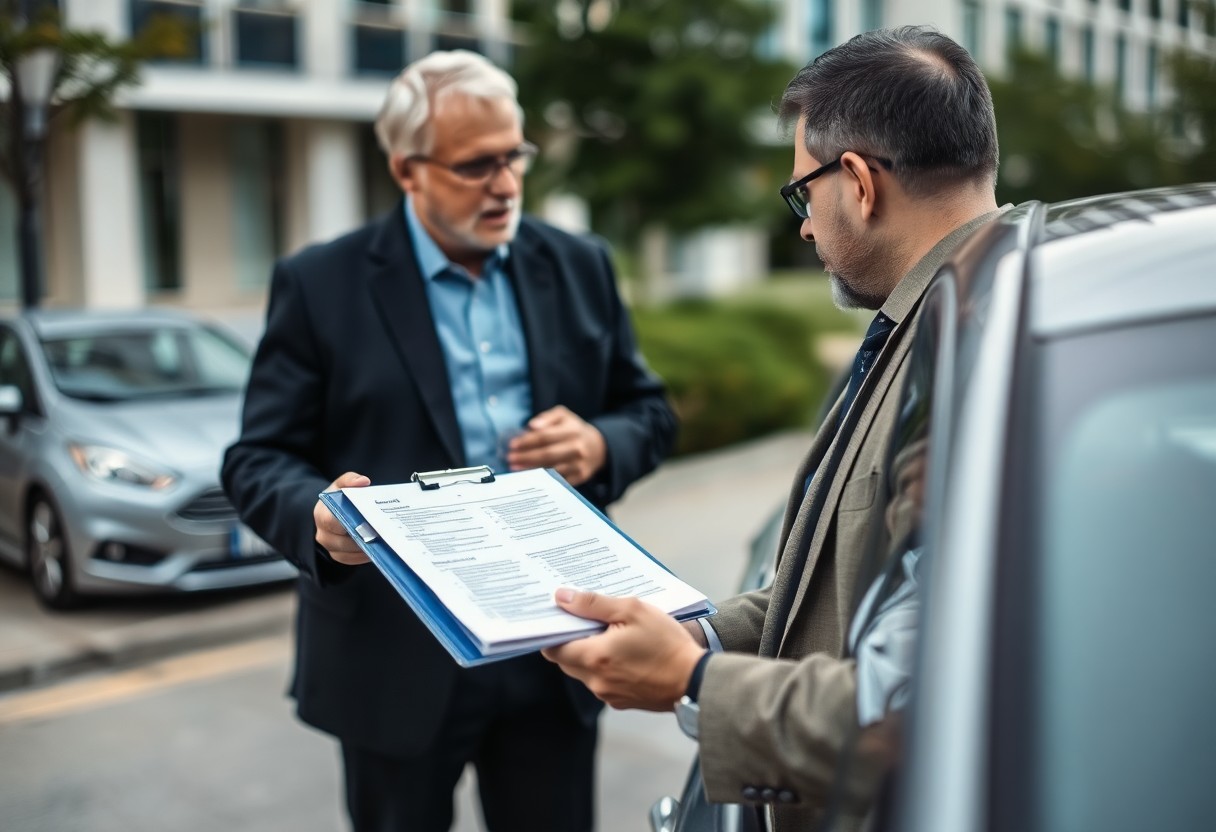With the rise of ride-sharing services in Los Angeles, you may find that the dynamics of car accident litigation are shifting. The increase in ride-share vehicles on the road has introduced new challenges and considerations for your legal options if you’re involved in an accident. Understanding how liability is shared between drivers and companies like Uber and Lyft, as well as the impact of these services on accident rates, is necessary for navigating the evolving legal landscape. Stay informed to protect your rights and interests during these complex scenarios.
The Rise of Ride-Share Services in Los Angeles
A transformation is underway in Los Angeles’ transportation landscape, primarily driven by the rapid rise of ride-share services such as Uber and Lyft. With their convenience, affordability, and easy access via smartphone apps, these services have quickly gained popularity, reshaping how millions of residents and visitors navigate the sprawling city.
Market Growth and Statistics
Behind the surge in ride-share usage is a remarkable increase in market statistics. In recent years, ride-share services have expanded significantly, with over 50% of Angelenos now utilizing these options for their daily commutes. This growth has resulted in a significant share of the transportation market, outperforming traditional taxi services.
Impact on Traditional Transportation
RideShare services have fundamentally altered the dynamics of traditional transportation in Los Angeles. You may notice that with the increase in ride-share options, the demand for taxis has diminished, leading to reduced taxi revenues and shifts in how local businesses operate. The convenience of ride-share has become a favored alternative for many, impacting everything from public transit to car ownership.
In addition to changing consumer preferences, ride-share services have led to a decrease in public transportation ridership, as you may find that more people opt for the comfort and speed of private rides. Moreover, the availability of quick rides has led to a reduction in traditional car ownership among younger generations, as they see less need to maintain their own vehicles. However, this transition also presents challenges, such as increasing traffic congestion and potential implications for road safety, which could influence future litigation trends connected to ride-sharing accidents.
Legal Framework for Ride-Share Accidents
Some aspects of the legal framework surrounding ride-share accidents are particularly important for both passengers and drivers. Knowing your rights and understanding liability issues can greatly affect your case outcome. In California, the laws governing such accidents not only include typical traffic regulations but also unique ride-share regulations that may influence compensation and fault determination.
California Regulations
By submerging into California’s specific regulations, you’ll find guidelines that dictate the responsibilities of ride-share companies. These laws ensure that companies like Uber and Lyft uphold safety standards and create systems that protect both drivers and passengers in case of an accident. This localized regulatory framework shapes how claims are filed and processed.
Insurance Requirements and Coverage
Above all, understanding the insurance requirements for ride-share drivers is important for your protection. California mandates that ride-share companies provide liability coverage which varies depending on whether the driver is in “driver mode” or “passenger mode.” This ensures that sufficient coverage exists to compensate those involved in accidents.
Understanding the insurance landscape surrounding ride-share accidents is vital. California law requires ride-share companies to maintain a minimum of $1 million in liability coverage when the driver is transporting a passenger. If the driver is waiting for a ride request, they still carry a minimum of $50,000 in liability coverage; however, this amount can be insufficient in serious accidents. Additionally, drivers must hold personal auto insurance, which may affect your compensation if a claim arises. Being aware of these insurance criteria can help you navigate the complexities of your case effectively.
Unique Challenges in Ride-Share Accident Cases
Clearly, navigating the complexities of ride-share accident cases presents unique challenges for both victims and attorneys. The evolving landscape of transportation means that traditional car accident litigation may not apply, creating a need for specialized knowledge surrounding ride-share regulations, insurance requirements, and the multiple parties involved in each case.
Determining Liability
Any ride-share accident raises questions about liability, making it crucial for you to identify who is at fault. The complexity arises because multiple parties—drivers, ride-share companies, and even passengers—can be implicated. Establishing who is liable can significantly affect your ability to recover damages.
Multiple Insurance Policies
Along with liability issues, ride-share accidents involve navigating multiple insurance policies. The ride-share driver typically has personal insurance and a separate policy mandated by the ride-share company, which complicates the process of filing your claim.
Challenges also come from understanding which insurance policy applies at the time of the accident. This can vary depending on whether the driver was logged into the app, en route to pick up a passenger, or actively carrying a passenger. Each scenario influences the level of coverage, and understanding these distinctions is vital. You may find yourself entangled in discussions about which insurance company is responsible for compensating your damages. Proper legal guidance is crucial to navigate these intricacies and ensure you receive the compensation you deserve.
Evidence Collection and Documentation
Many factors influence how evidence is collected and documented in car accident cases, especially with the rise of ride-sharing services. As a victim or involved party, understanding the importance of collecting and preserving evidence is necessary for your case. You must ensure that all details surrounding the accident are thoroughly documented, including the time, location, and conditions at the time of the incident. Additionally, obtaining records from the ride-share company could play a significant role in your claims process.
Digital Records and App Data
Along with traditional evidence, ride-sharing apps generate valuable digital records that can significantly impact your case. These records include trip logs, driver ratings, and GPS data that indicate the location and time the ride occurred. By obtaining this data, you can demonstrate patterns of behavior that may support your claims, helping you establish liability and strengthen your position in negotiations or court proceedings.
Witness Testimonies and Camera Footage
Above all, eyewitness accounts and available camera footage can serve as powerful pieces of evidence in car accident litigation. Whether you collect testimonies from individuals at the scene or secure footage from nearby surveillance cameras, these elements can provide a clear picture of the incident. They can reveal how the accident unfolded, offering context that may favor your case.
Footage and detailed witness testimonies can sometimes be the most telling evidence in accidents involving ride-share vehicles. When reviewing surveillance camera footage, you may notice important details such as driver behavior, vehicle speeds, and point of impact. Collecting this evidence can help portray an accurate scene of the accident, highlighting key elements that may show the ride-share driver’s negligence or possible road conditions that contributed to the incident. As you pursue your claim, securing these accounts early on can be pivotal in establishing a strong case.
Common Types of Ride-Share Accidents
Once again, understanding the common types of ride-share accidents can help you navigate the complexities of litigation. Here are some prevalent incidents:
| Rear-End Collisions | A frequent occurrence when drivers are distracted. |
| Side-Impact Crashes | Often happens at intersections, risking passenger safety. |
| Single-Vehicle Accidents | Can involve the ride-share vehicle hitting a stationary object. |
| Multi-Vehicle Accidents | Complicated cases with multiple parties involved. |
| Driver Error | Includes factors like speeding or aggressive driving. |
This knowledge is imperative as it directly impacts how accidents are litigated.
Driver Status Related Incidents
Across the ride-share landscape, driver status plays a significant role in determining liability during accidents. Whether a driver is online or offline can affect how accidents are classified, often influencing the outcomes of claims and litigation. If a driver is actively transporting passengers at the time of an incident, their liability may be heightened.
Passenger Safety Issues
For many, the safety of passengers during ride-share journeys is a top priority. Understanding the potential risks can empower you to make safer choices when using these services.
At times, passenger safety can be compromised due to a number of factors, including driver negligence or vehicle maintenance issues. Factors such as improper background checks or insufficient insurance coverage can also contribute to safety concerns. Staying aware of these dangers can help you make informed decisions about your transportation options, ensuring that you arrive at your destination safely.

Compensation and Settlement Considerations
Now that you understand the dynamics of ride-sharing in Los Angeles, it’s important to consider how these factors influence compensation and settlement negotiations in car accident cases. As ride-share services expand, the liability landscape becomes more intricate, and you must be prepared to navigate through various compensation avenues, especially when it comes to settling claims that may involve multiple parties.
Insurance Policy Limits
Among the key facets of ride-share accidents are the insurance policy limits that apply to the driver, the ride-share company, and any involved third parties. Each policy has specific limits that can complicate the pursuit of fair compensation. Understanding these limits will help you effectively assess the potential settlement amount you can negotiate while addressing your damages.
Third-Party Claims
Before pursuing a claim, you should consider any potential third-party claims arising from the incident. Ride-share drivers may not only be liable to you but could also face claims from their passengers or other motorists involved in the accident. Each party’s claim could impact your case or compensation.
Consequently, navigating the intricacies of third-party claims requires a thorough understanding of liability. If a ride-share driver causes an accident while transporting a passenger, that passenger may also have grounds for a claim against the driver or the ride-share company. In such cases, your claim must be strategically aligned with other potential claims to maximize your compensation options. Effective legal representation can ensure that you address all parties involved, which can be vital in achieving an equitable settlement.
Summing up
Presently, the rise of ride-share services in Los Angeles is significantly shaping car accident litigation, affecting how you approach claims and settlements. As ride-share drivers are now frequent participants in accidents, understanding their unique insurance policies and liability rules is crucial for navigating legal proceedings. This shift requires you to consider not just your own coverage, but also the complexities surrounding the ride-share drivers involved, as it can lead to different outcomes in your case. Staying informed about these changes can help you better protect your rights and seek appropriate compensation.



